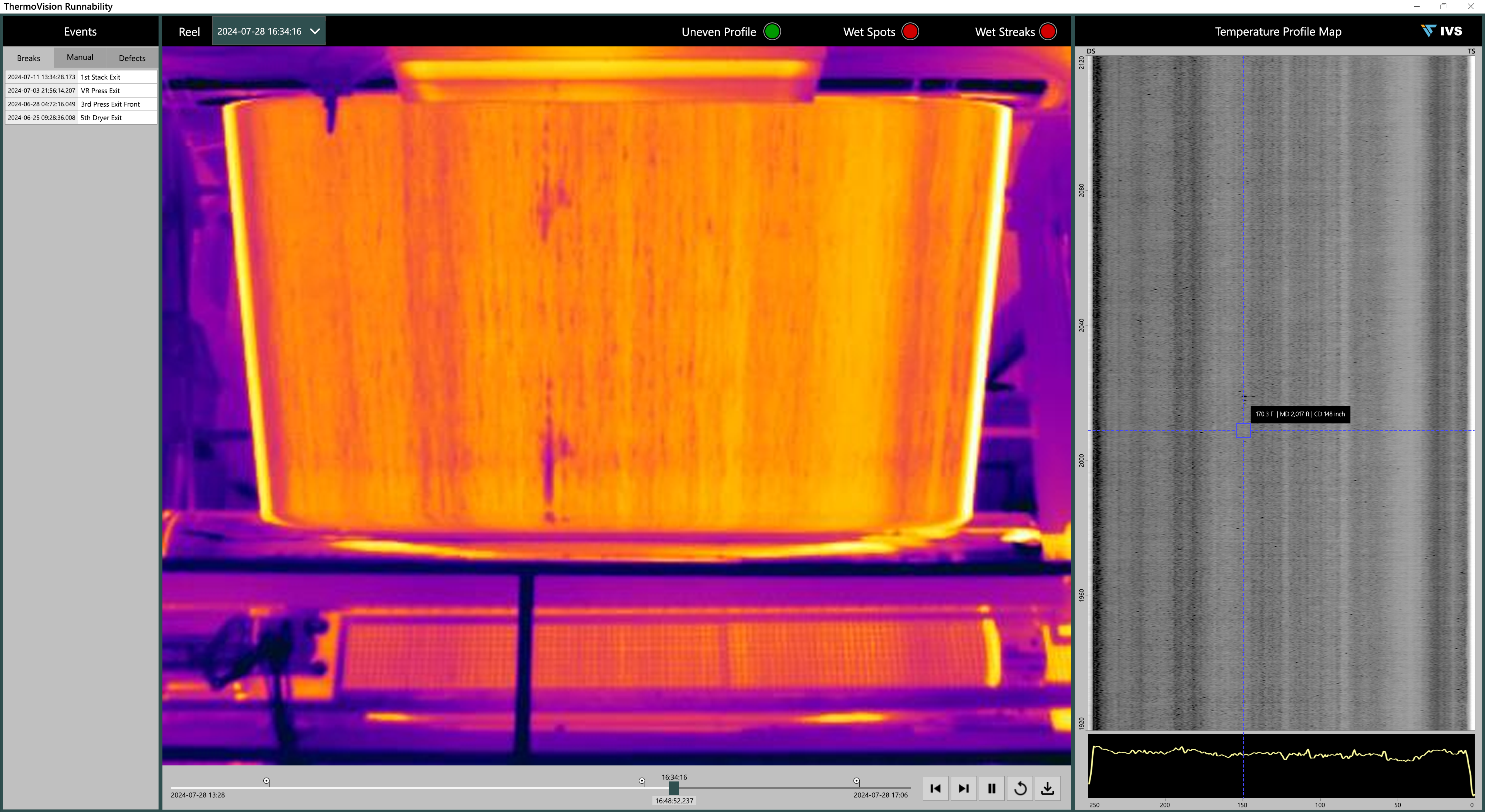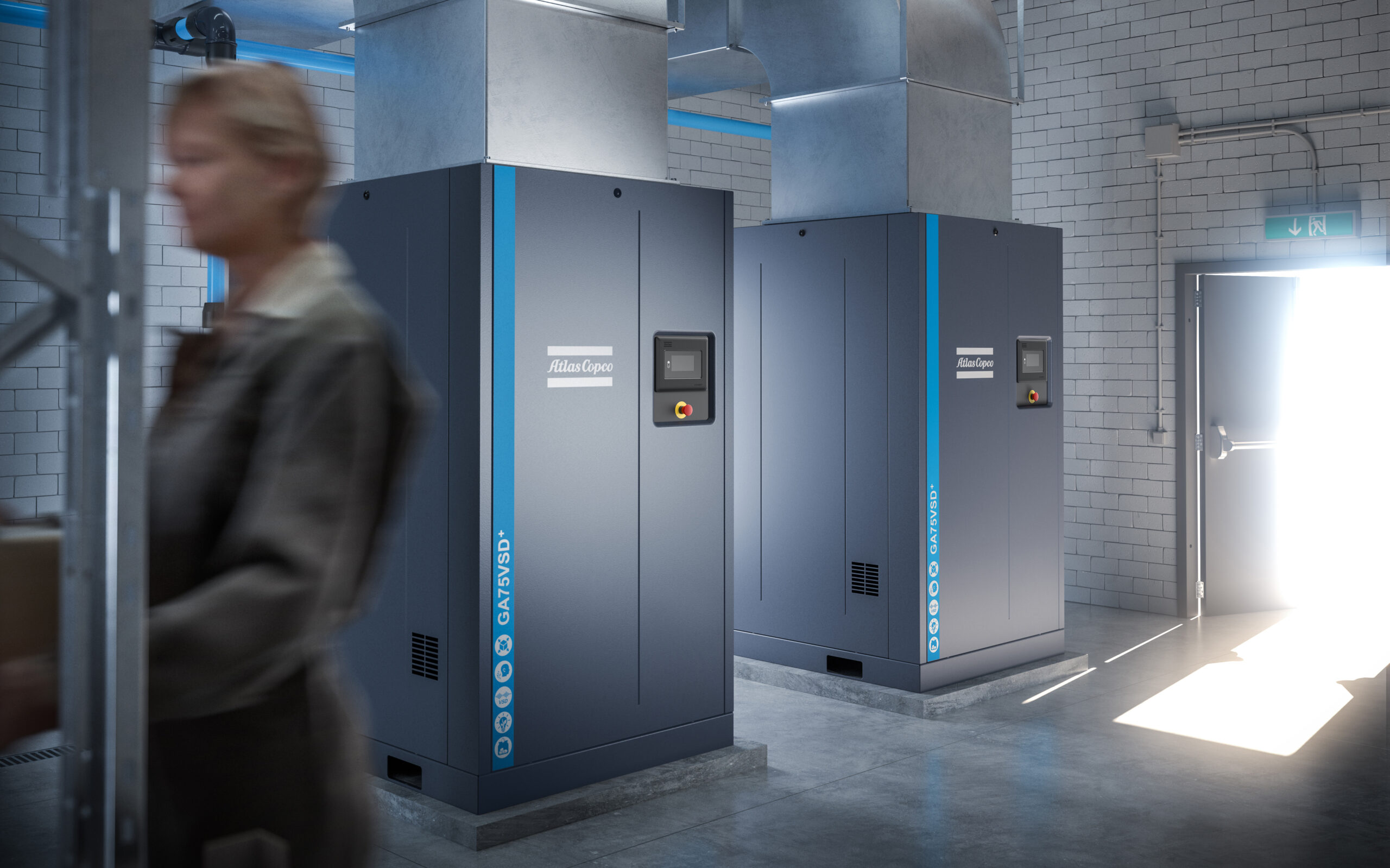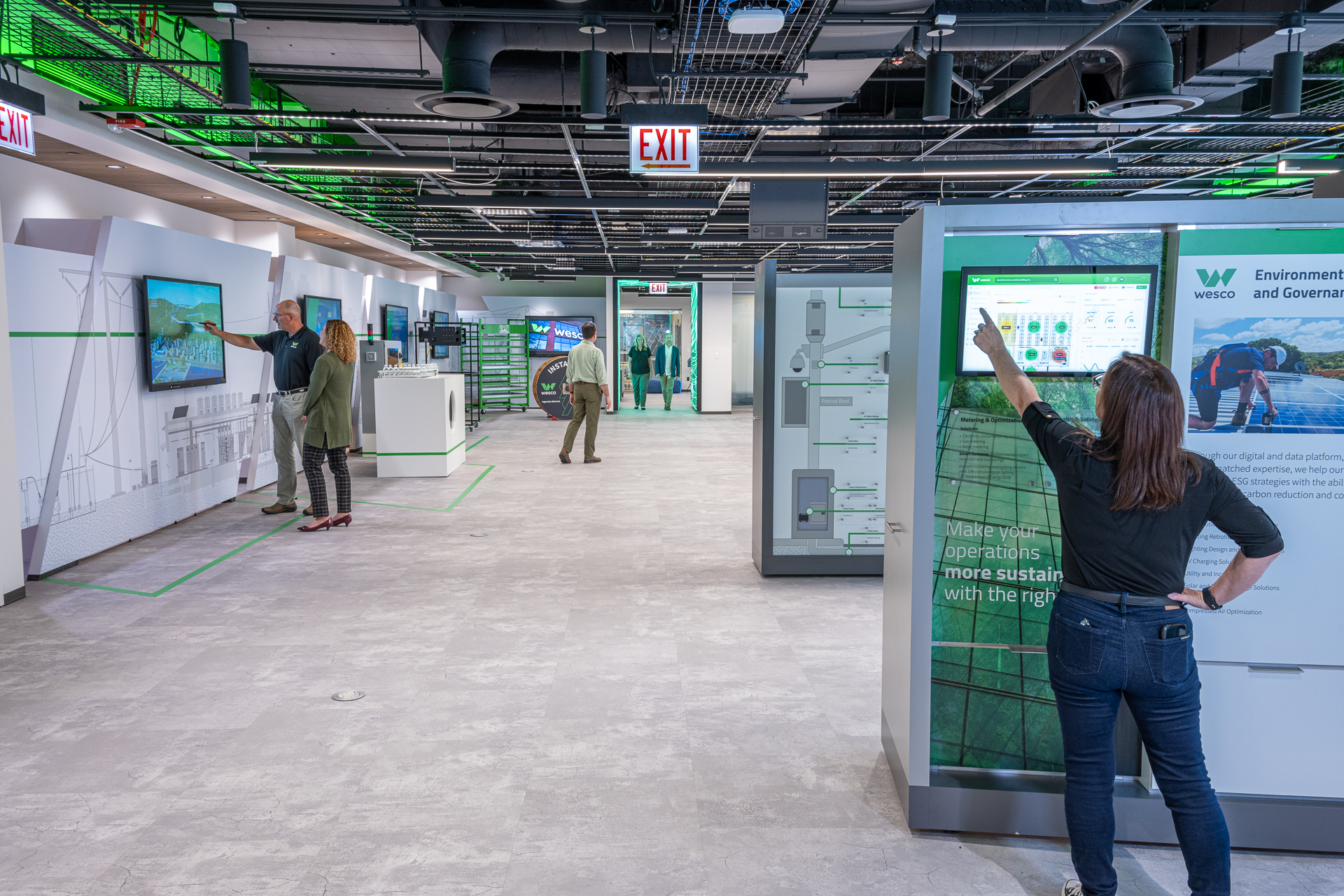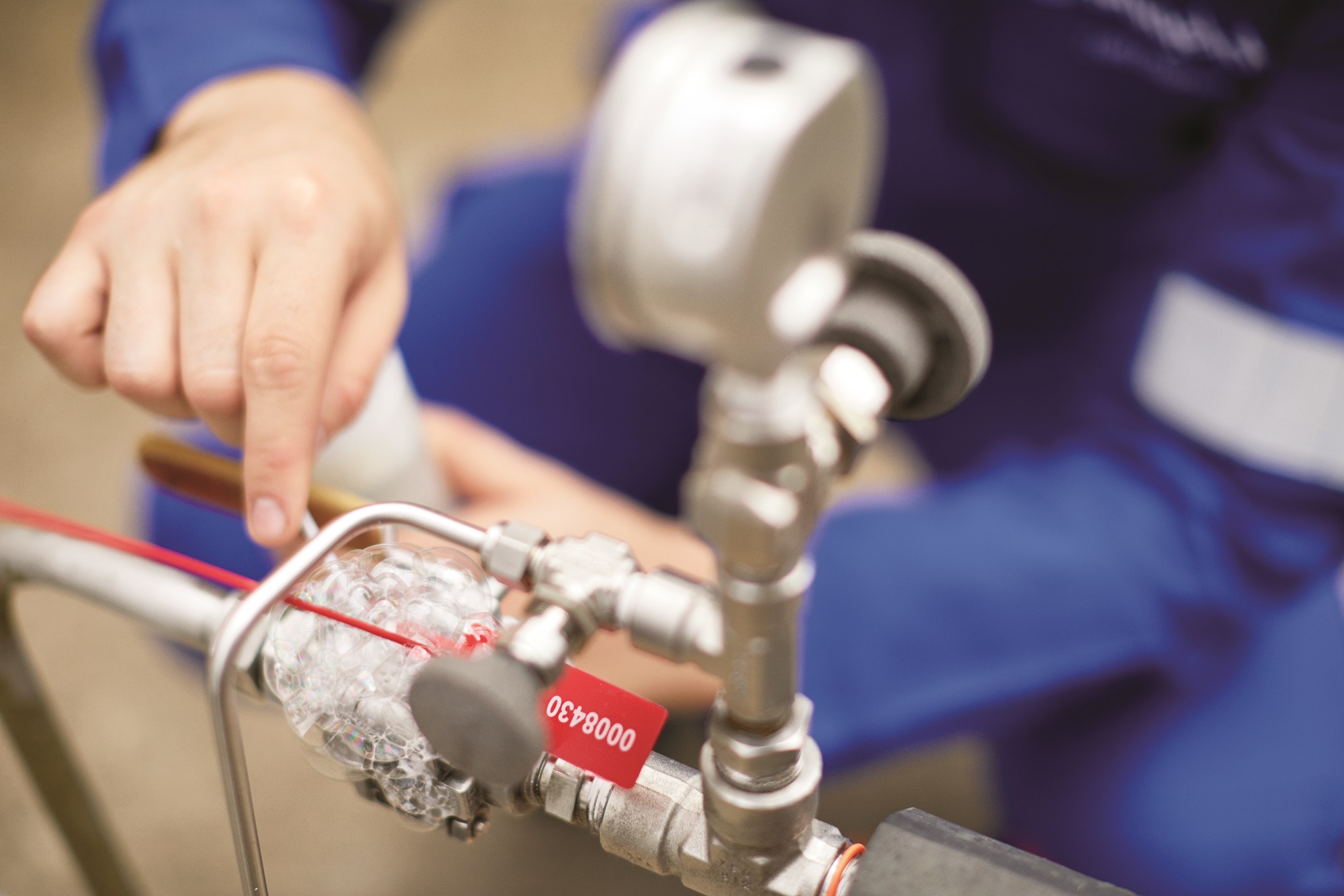Power demands ranging from the rejuvenated oil fields of Oklahoma, a refinery in California, to a TI-class supertanker are diverse and pose electrical power challenges. These challenges often occur in unforgiving environments that need to be considered.
With the reduction in oil and gas capital expenditures, maximizing efficiency, safety and production are more important than ever. Given the current landscape, there’s no room for error when choosing the best technology solutions. Whichever technology is chosen, clean, uninterrupted power is the lifeblood of continuous operations.
Power demands ranging from the rejuvenated oil fields of Oklahoma, a refinery in California, to a TI-class supertanker are diverse and pose electrical power challenges. These challenges often occur in unforgiving environments that need to be considered.
UPS for fracking applications
Fracking has been a major contributor in reaching the nation’s goal for energy independence. However, this complex process has a unique problem. Fracking fluids essential for the operation are pumped into the well at very high pressures. Should local utility power be lost, it is critical that the wellhead valve be closed to prevent the fluids mixed with oil from exiting the well and overfilling onsite containment. The result is a very costly hazardous materials cleanup, along with the potential of fines. Onsite backup power is required as a secondary source to assure the wellhead valve’s closure.
Fracking sites are typically located in remote areas, not in climate-controlled buildings. The UPS required is typically installed inside a NEMA 3R-rated industrial control panel, exposed to the year-round temperatures of the location. This is an important distinction, as an office-grade UPS is not designed to survive these extreme temperatures. It does not have safety agency approvals to operate in these environments. Furthermore, this type of UPS does not have the specific approvals to be installed inside an industrial control panel and does not comply with the required codes.
By contrast, the industrial UPS has been designed to meet or exceed all of the demands. A true industrial UPS has these important distinctions: double-conversion topology and online capabilities to operate over a wide temperature range of -20°C to 55°C, or a very wide temperature range of -30°C to 65°C. Depending on the demands of the specific environment, an industrial UPS can be installed stand-alone, or inside NEMA-rated enclosures specifically designed for the application.
Battery considerations
Valve regulated lead-acid (VRLA) batteries are at the heart of UPS systems; however, not all VRLA batteries are designed to meet wide temperature extremes often experienced in oil and gas operations. Due to their chemical nature, typical VRLA batteries are especially vulnerable to temperature swings, causing early degradation and limited useful life. Battery manufacturers typically state their expected battery life at 25⁰C, which is the average temperature for use in a computer room.
The standard UPS battery in not rate for temperatures above 40⁰C to 50⁰ C. At 50⁰C, which is more typical for oil and gas applications, battery manufacturers’ specifications indicate that service life can be reduced from five years to a few months. On the other hand, VRLA batteries operating in temperatures below -20⁰C, depending on battery design, will struggle to deliver sufficient current to power the UPS properly.
In fact, battery runtime may be reduced to less than 50% of its normal backup time when operated at 25⁰C. Furthermore, as low-cost VRLA batteries age, they can swell in size or have case ruptures, requiring costly remediation and replacement of the UPS.
For these reasons, an office-grade UPS with typical VRLA batteries cannot reliably protect oil and gas operations. In addition, they require frequent battery replacements and much higher service costs. Fortunately, these battery challenges are being solved by manufacturers who integrate industrial wide-temperature batteries inside an industrial UPS that are able to not only survive in high heat and cold environments, but also are able to provide superior power backup performance that reduces costly servicing.
These newer types of ruggedized industrial UPS systems with 10- to 12-year long-life batteries incorporate higher-pressure vents and a newer mechanical design. This enables the venting of hydrogen at a much slower rate and at a higher internal pressure, increasing their overall service life. In addition, UPS manufacturers are making industrial wide and ultra-wide temperature UPS systems available in stand-alone configurations and turnkey systems that are packaged into NEMA-rated enclosures and cabinets. These systems are ready for immediate installation and operation, reducing associated project engineering costs.
Safety approval standards
Underwriters Laboratories (UL) is a nationally recognized testing laboratory (NRTL). While the UL safety standard covering UPS products is UL 1778, but it also must meet the UL 508 safety standard covering for industrial control panels and the equipment suitable to be installed inside them.
To receive a UL 508 listing and the authorization to apply the UL 508 listing mark, the equipment manufacturer must resubmit the UPS to UL for inspection and testing against the UL 508 standard in addition to UL 1778. Once approved for compliance to the UL 508 safety standard, the manufacturer is authorized to apply the UL 508 listing mark to the UPS.
After the industrial control panel has been installed, a local code compliance inspector, who verifies the installation and the internal equipment are in compliance with UL 508, must then review it. The inspector looks at each piece of internal equipment, specifically for the UL 508 listing mark on the equipment. Should the inspector not be able to verify the listing status of any piece of equipment, including the UPS, the backup power supply is subject to mandatory removal from the control panel. In addition, when installing a UPS into an industrial control panel, care must be taken to verify that it has UL 508 listing status or that of any NRTL equivalent. These approvals provide assurance by government and local code inspectors that the UPS is fully compliant. That assurance helps customers avoid expensive replacements.
Power protection has come a long way from its beginnings of protecting climate-controlled computer equipment. Today, operators of mission-critical oil and gas processes gain substantial benefits from the design advancements of on-line, wide-temperature industrial UPS. They know that these advanced systems have been manufactured from the ground up to meet demanding usage and harsh environmental factors, thereby saving time, money and resources.
-Ron Seredian is new product development manager for Falcon Electric, Inc.



